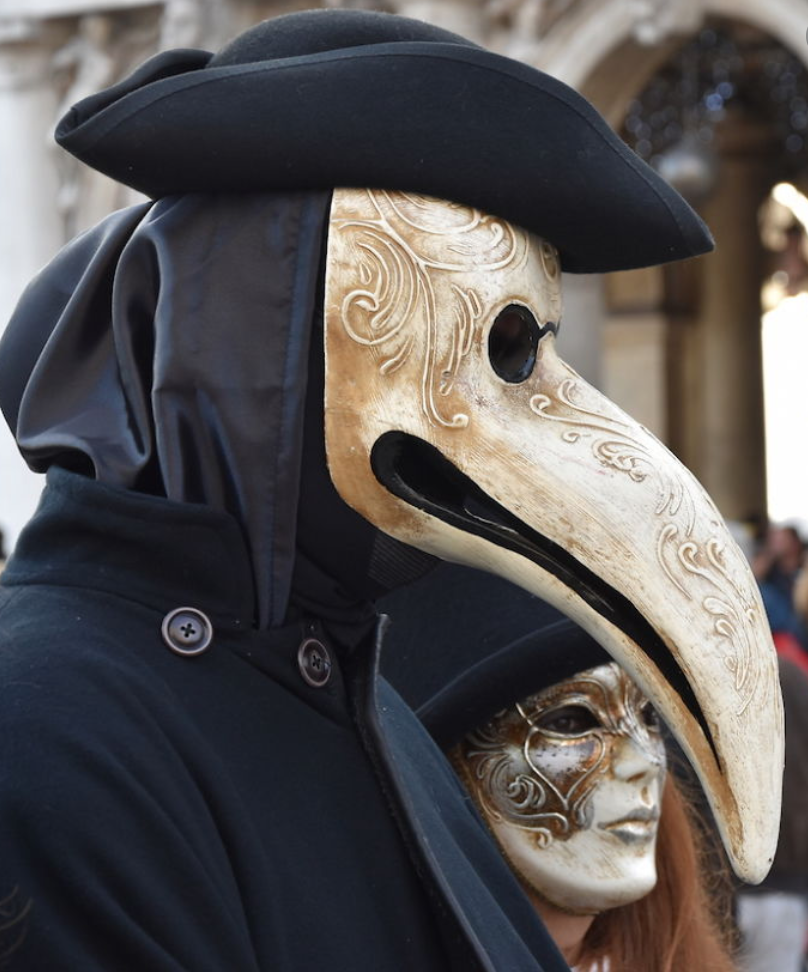Anyone can publish on Medium per our Policies, but we don?t fact-check every story. For more info about the coronavirus, see cdc.gov.
Read more fashion history at www.fashionwithrenee.com and follow on social @fashionwithrenee
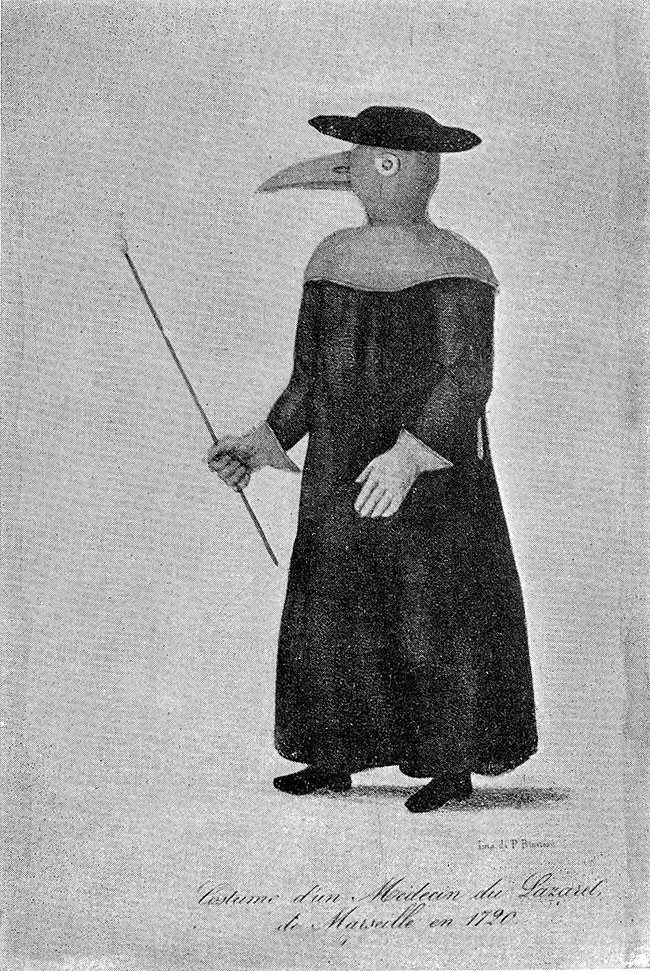
Bird beak masks were a part of the earliest iteration of a hazmat suit. They were designed in 1619 and worn by doctors in the 17th century to protect themselves while treating patients with the plague.These striking, eerie masks had round glass eye openings and fastened with straps that helped hold the six inch beak area over the doctor?s nose.
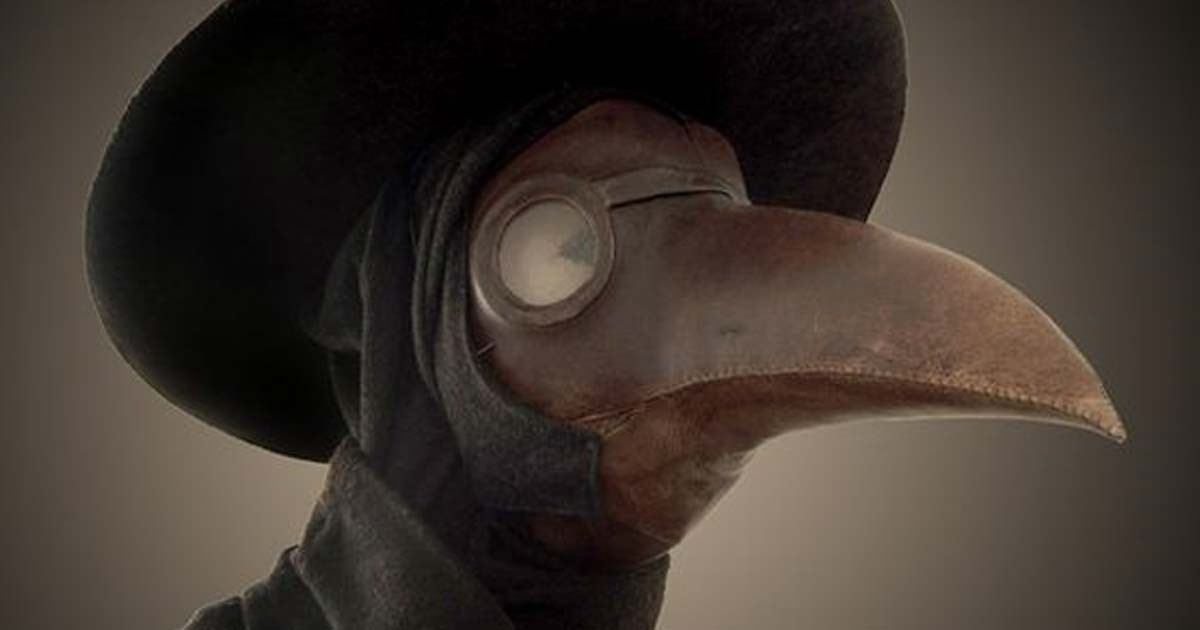
The beak contained two small holes and a type of respirator containing herbs, spices, viper flesh powder, wormwood, dried flowers, camphor or vinegar sponge. At the time doctors believed the plague was caused by miasma (bad air) and the scents in the nose case would protect them from getting it. The beak shape of the mask was meant to give air sufficient time to be absorbed by the protective herbs before hitting the nostrils lungs. This idea of air transmitted disease lasted through the germ theory of disease being discovered around 1860.
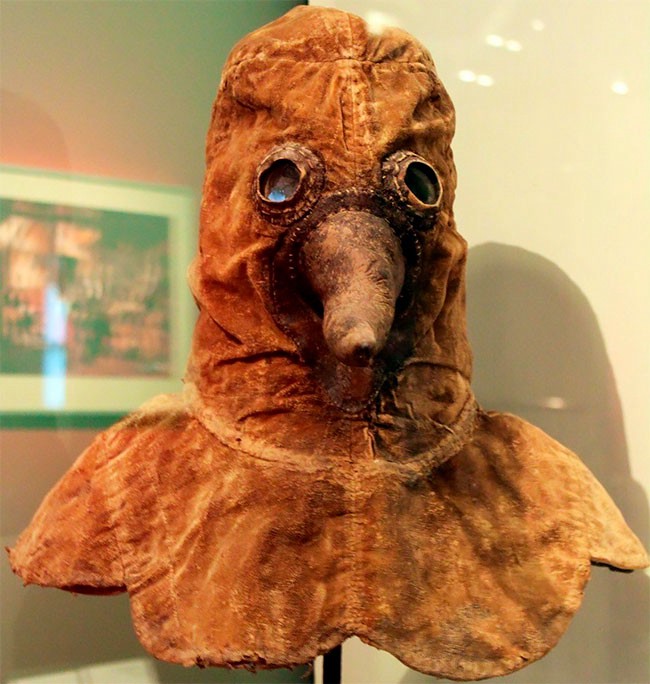 An authentic 16th century plague doctor mask on display at the German Museum of Medical History in Ingolstadt.? This was the first design of the Plague Doctor?s mask.
An authentic 16th century plague doctor mask on display at the German Museum of Medical History in Ingolstadt.? This was the first design of the Plague Doctor?s mask.
Every beak doctor ensemble was topped with black wide-brimmed Morocco leather hat which indicated their profession. The hooded, ankle-length cloaks were made from oiled or wax covered Morocco leather which was believed to prevent miasma from entering the pores. Beneath the cloak a shirt was tucked into pants, which then were tucked into leather boots. Completing these outfits were goat leather gloves and a rod which allowed doctors to communicate to victims, examine them and sometimes fend off aggressive ones. Some documents say that plague patients who believed their illness to be a punishment from God requested doctors beat them with the rod to whip them into repentance.
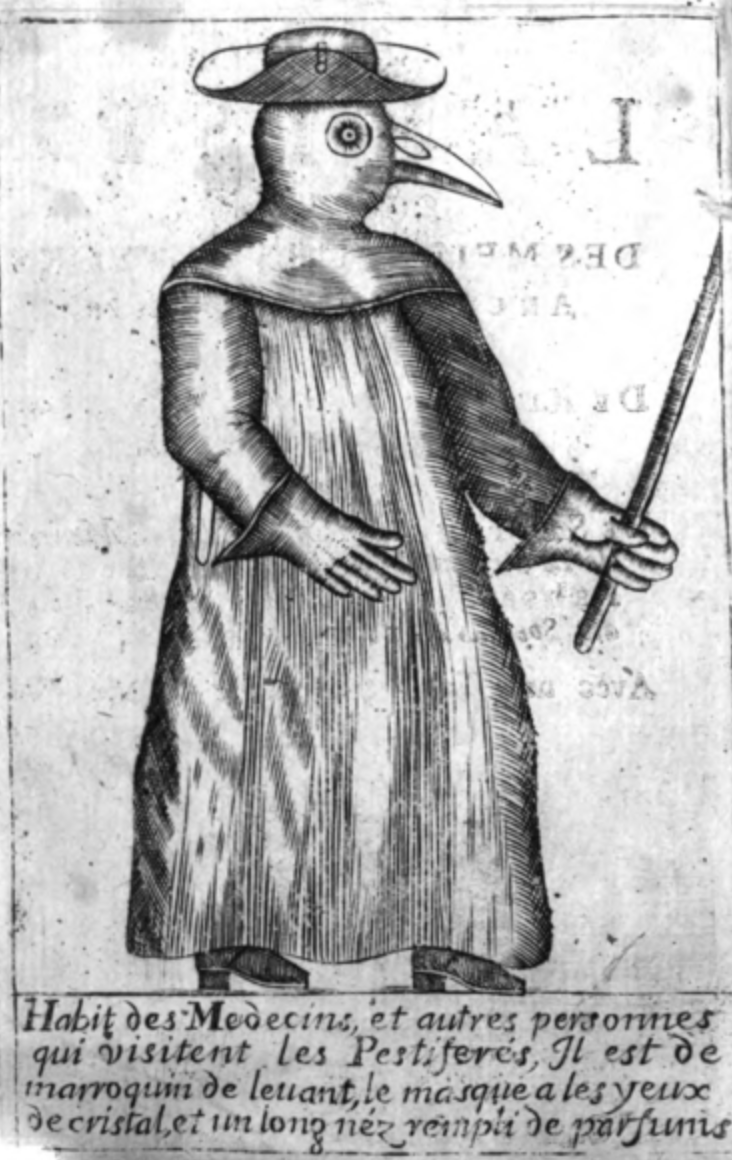
Plague doctors weren?t only sent to towns to help heal the infected, they were also responsible for tallying and burying the dead and to witness wills of the dying.While some historians believe that the plague doctor outfit was invented by French royal physician Charles de Lorme, other historians, like Winston Black find this unlikely. ?There are already descriptions from the later 16th century of doctors wearing protective masks. Perhaps de Lorme should be credited with creating an outfit that was supposed to protect the entire body of the doctor. Despite this French claim to the creation of the outfit, most other Europeans agreed it was Italian in origin.?One of the most popular images of a plague doctor costume is that of Gerhart Altzenbach called ?Doctor Beak from Rome? (1656), which further supports the claim of Italian origin.
 Gerhart Altzenbach, copper engraving 1656
Gerhart Altzenbach, copper engraving 1656
?Because they were public servants, they probably did not have ?clients,? per se,? says Black. ?Instead they went around the city during a plague outbreak, making decisions about which houses to lock up or condemn, which neighborhoods to quarantine, and so on.?

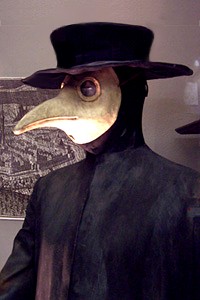
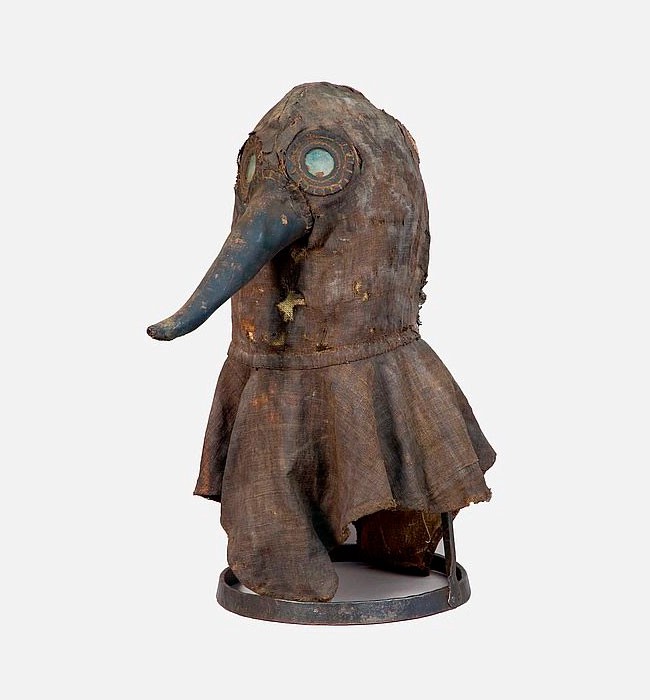
Today these iconic outfits remain popular as a Halloween costume and can be seen annually at Venice?s carnival celebrations.
